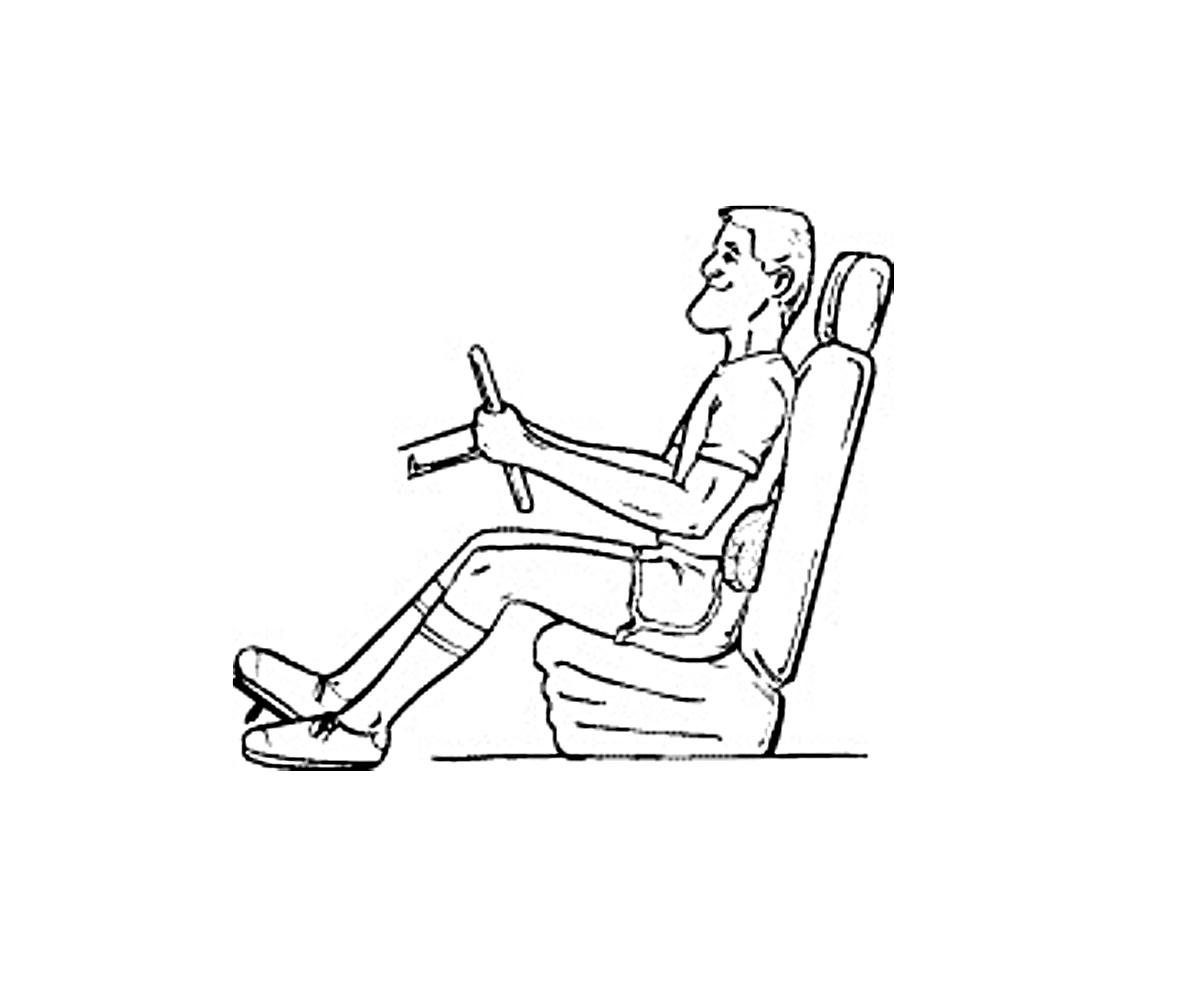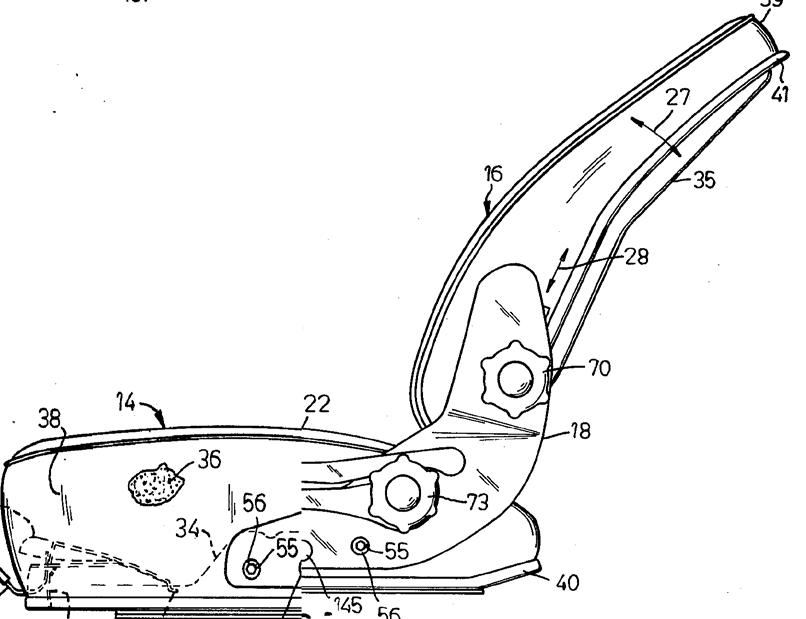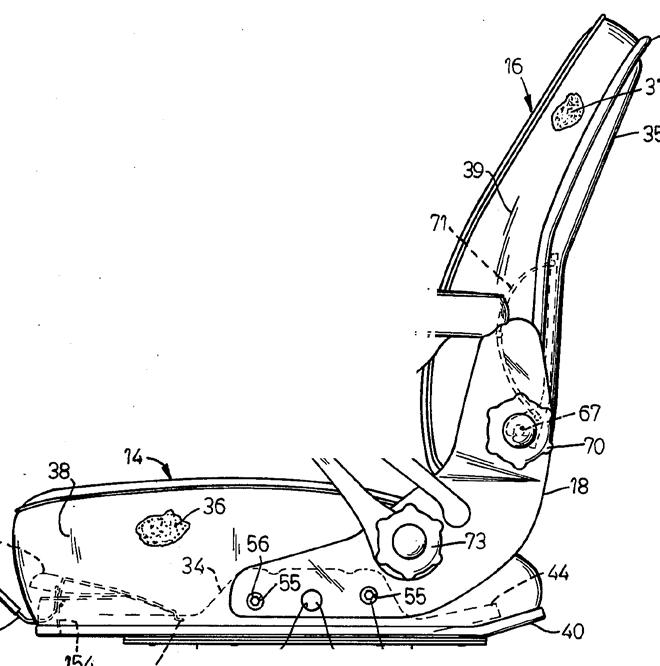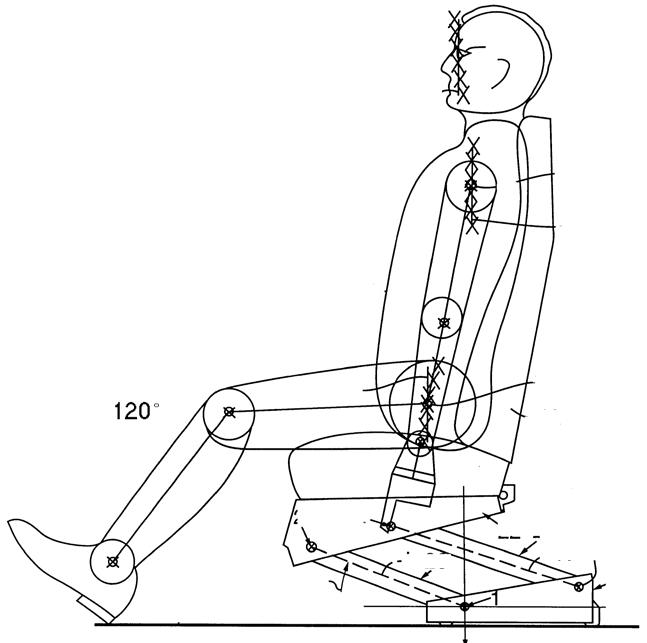
1 minute read
YOU AND YOU R
The importance of sitting correctly while driving cannot be overstated. Maintaining a proper sitting over the vehicle and will minimize the chance of being injured or killed during a collision. Modern sophisticated safety features, which are designed to be effective in collision scenarios where the enough to see over the steering wheel, and is squarely in front of it. If you do not maintain this position features may not be able to protect you.
1. POSITION YOURSELF CORRECTLY IN THE SEAT ITSELF.
Advertisement
1. POSITION YOURSELF CORRECTLY IN THE SEAT ITSELF.

Make sure you sit straight
Your buttocks and back are square and completely squeezed into the seat
This helps to avoid backaches, possible back injuries and maintains awareness during long drives.
3. ADJUST THE RAKE OF THE SEAT
3. ADJUST THE RAKE OF THE SEAT
This should be as parallel as possible to the steering. It is impossible to reach a perfect adjustment but by adjusting the rake of the seat to an upright angle of about 110-95 degrees, we can grip the topmost portion of the wheel without locking the elbow fully and with shoulders back.
2. ADJUST THE SEAT DISTANCE.
2. ADJUST THE SEAT DISTANCE.
The seat should always be positioned with regard to the pedals. Press the brake pedal fully with your right foot and fully depress the clutch (in a manual transmission car) or brake pedal (in an automatic). The distance should be adjusted so that with fully depressed pedals, your knees remain slightly bent (about 120 degrees).



4. ADJUST THE STEERING HEIGHT.
4. ADJUST THE STEERING HEIGHT.

The steering height should be adjusted to allow us to grip the wheel properly (at 9 and 3,), with our palms just lower than our shoulders.






